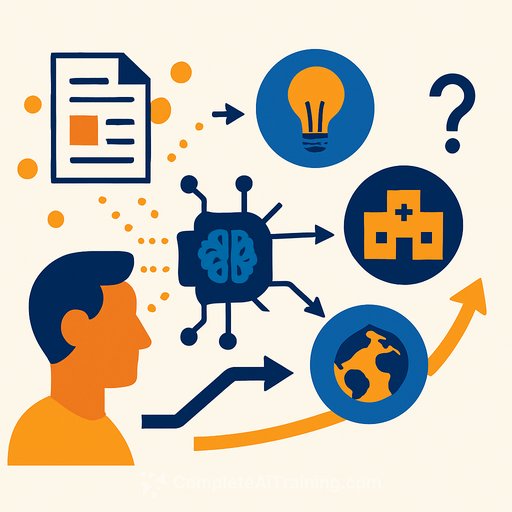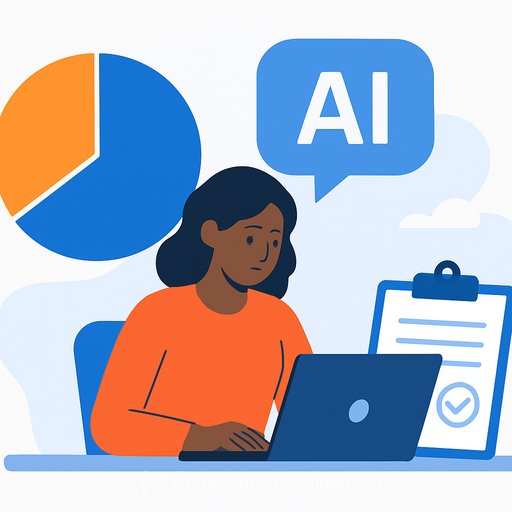Funding the Frontier maps how research dollars turn into real-world impact
From insulin to the internet, research has long paid dividends outside the lab. Yet funding decisions still lean on narrow metrics like papers and citations, ignoring outcomes that affect policy, public health, and the economy.
A new AI-based visual system, Funding the Frontier (FtF), connects the dots. It links upstream grants to downstream outcomes so researchers, funders, and the public can see where investments convert into tangible impact.
That idea traces back to a core principle laid out in 1945: sustained funding fuels practical advances. For context, see the original report that helped set the foundation for modern U.S. science policy, Science, The Endless Frontier. Read the report.
What FtF does
FtF is an interactive visual framework that follows the flow from initial grants to outputs and outcomes. It brings papers, patents, clinical trials, policy mentions, and media activity into a single view.
The system includes ImpactGlyph, a compact way to compare the multidimensional footprint of grant topics. That makes it easier to communicate impact to both technical and non-technical stakeholders.
The data behind the view
The team integrated four major sources-Dimensions, Overton, Altmetric, and SciSciNet-to build a 22-year map (2000-2021). The dataset links 7 million research grants to 140 million publications, 160 million patents, 10.9 million policy documents, 800,000 clinical trials, and 5.8 million news items.
In total, 1.8 billion citation linkages connect these entities. The result is a connected graph that traces how funding relates to both direct outputs and broader social signals.
Predictive signals for recent grants
Beyond retrospective mapping, FtF uses machine learning to estimate the likely future impact of recent grants. This gives funders a forward view of which topics and teams may produce broader outcomes.
Expert interviews and case studies indicate the visuals translate complex data into accessible, decision-ready views for program officers, PIs, and communications teams.
Practical uses for research leaders and funders
- Portfolio strategy: Compare topics by patents, clinical trials, policy attention, and media reach-not just citations.
- Grant design: Spot gaps where modest funding could trigger outsized downstream outcomes.
- Evaluation: Balance academic metrics with policy and clinical signals during reviews.
- Public accountability: Share transparent impact narratives that strengthen trust.
- Forecasting: Prioritize proposals with higher predicted societal reach.
Access and citation
The study and tool are detailed in a preprint on arXiv. Funding the Frontier: Visualizing the Broad Impact of Science and Science Funding.
Skill up for impact analytics
If your team is building similar dashboards or evaluations, upskilling in AI and data analysis can shorten the path from raw data to actionable insight. A focused option: AI Certification for Data Analysis.
Your membership also unlocks:






